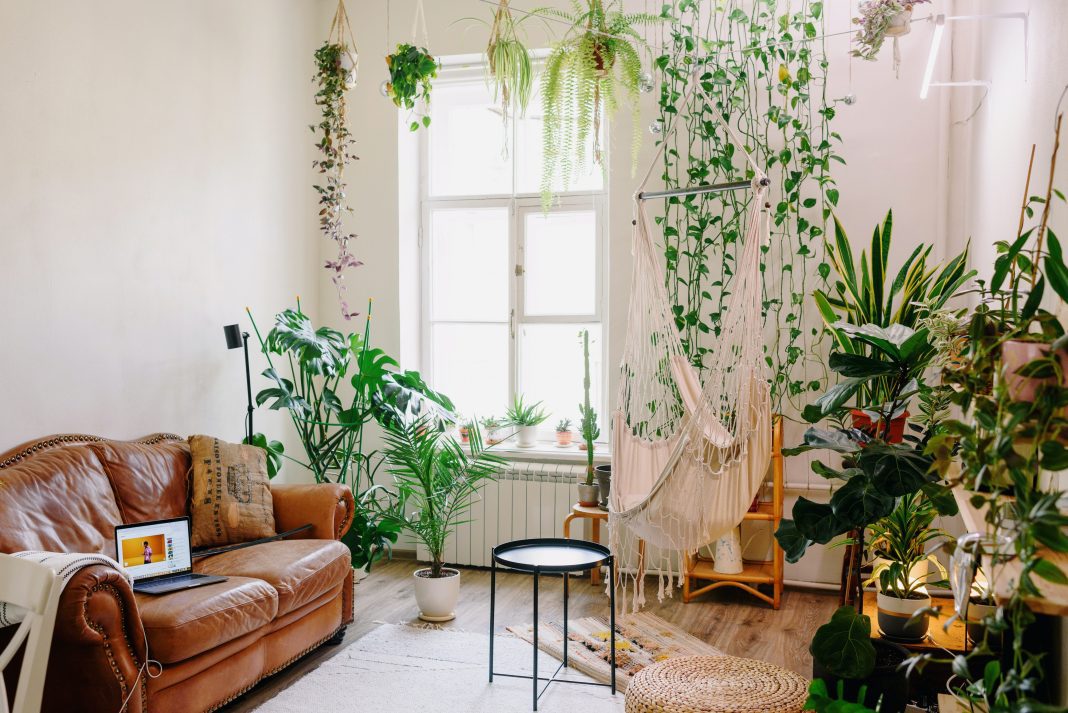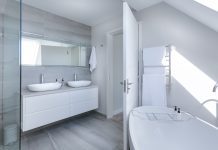Are you looking for the best low-light houseplants that will thrive in dark areas of your home?
There are many options, many of which come from the tropics. Deep in the jungle, the bright sunlight is blocked by leaves, vines, and trees before it hits the forest floor – and all kinds of shade-loving plants thrive.
And while the setup is much less sexy, the windows facing the air shafts, tall buildings, and roadside trees really simulate that low light.
Buy your house plants accordingly. Think enthusiastically when shopping for them and with a little care, they will thrive. (Don’t worry; this type of TLC is easy:
In fact, you’ll water less than specimens in full sun, since more shade means slower growth and slower water evaporation from the soil.) Here, Take a look at these houseplants to light-loving ones that will thrive in dark, shady conditions, plus tips for caring for them. These low-light plants are just what your shaded areas need for home decor with indoor plants.
Plants Decor for Home
Factory ZZ
We’ll start with the ZZ plant and the snake in front, as these two plants tolerate low light best. In fact, it’s even possible that they can survive without light, according to plant designer Jarema Osofsky.
However, she still doesn’t recommend placing any of these in a place without natural light but knows that they will work well in shaded areas.
Elephant Nest
A golden pothole is a plant that can grow up to 10 feet long. It works best in low light with weekly watering. It is native to Southeast Asia and can tolerate moisture at all levels.
Dieffenbachia
Dieffenbachia comes in green, yellow, variegated, and white colors to brighten up your space and purify your indoor air. Also, you can basically place this plant anywhere as it grows equally well in low light, medium light, and direct light.
Snake plant (Sansevieria)
Not only can the tiger lily survive in low light, but it’s also extremely drought tolerant, meaning that even if you forget to water, the plant won’t die. It gets its name from the wavy and striped patterns (reminiscent of a snake) on its leaves.
Prayer Tree
The prayer plant is very tolerant of low light conditions, but not too cold. Their ideal is 65 to 80 degrees Fahrenheit, mimicking their native woodland and forest habitat, and which helps your home decor with indoor plants
Fern Bird’s Nest
The plant’s uniquely wrinkled leaves give it a lovely quirky look that we just can’t ignore. You can grow this plant in a pot or mount it on a board (like you would with deer horn ferns).
Monstrous
This remarkable plant, also known as the Swiss Cheese Tree, grows wild in Panama and belongs to the plant family called Araceae. In Latin, Araceae is translated as “unusual”.
Well, the monstera card is definitely weird, but in the best possible way. Their large, perforated leaves can grow up to 2 feet wide in woodland environments.
Cast Iron Factory
Fill the shady areas of your home with these slow-growing, lush, low-light plants.
Virgin Fern
Don’t let this fragile plant fool you: It is super sturdy and all it requires is evenly moist soil. Check every few days to see if he needs water.
Oyster Factory
Also known as “hull lily” or “Moses in the cradle,” this plant is incredibly easy to grow and care for. Prune any leaves that begin to wilt with age.
Deer Horn Fern
The staghorn fern not only grows well in low light but also thrives in moisture, making it a perfect plant for the bathroom. “Plants in your bathroom bring warmth and fresh oxygen to spaces that can sometimes be sterile,” says Lisa Muñoz, indoor plant designer, at Leaf and June. Staghorn ferns can be grown in pots or hung on the wall.
Leo Sung
This member of the ficus family is native to the tropics and prefers light and low humidity.
Young Rubber Tree (Peperomia obtusifolia)
Although the rubber tree sapling prefers medium light, it will tolerate low light (it will grow a little slower).
Lucky Bamboo
Low-maintenance lucky bamboo is often used in feng shui to attract wealth, health, and abundance.
Albino
This is one of the best low-light houseplants. It also doesn’t need fertilizer and can survive under fluorescent light – it’s a tough plant to kill!












